Im Abfall wohnen
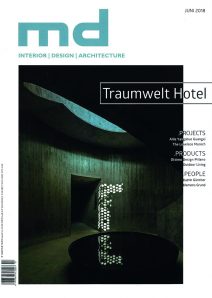
Schönwetter, Christian (2018). Im Afbfall Wohnen: Versuchsgebäude aus recycelten Materialien in Dübendorf, md INTERIOR DESIGN ARCHITECTURE, Zeitschrift, 06/18, 72-74.

Schönwetter, Christian (2018). Im Afbfall Wohnen: Versuchsgebäude aus recycelten Materialien in Dübendorf, md INTERIOR DESIGN ARCHITECTURE, Zeitschrift, 06/18, 72-74.
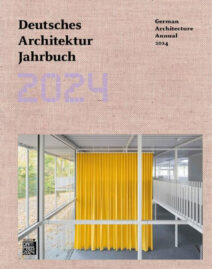
Klaaßen, Lars. “Organische Architektur – Pilzmyzel und Flachs als Materialien für die ökologische Bauwende.” In Deutsches Architektur Jahrbuch 2024, edited by Peter Schmal Cachola, Yorck Förster, and Christina Gräwe, 198–209. Berlin, Germany: DOM publishers, 2024.
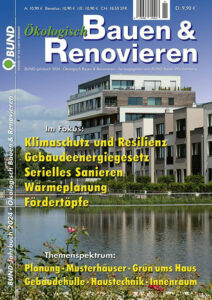
Streiff, Peter. “Zirkuläres Bauen – Kreislauf statt Abriss.” BUND-Jahrbuch – Ökologisch Bauen & Renovieren 2024, January 2024.
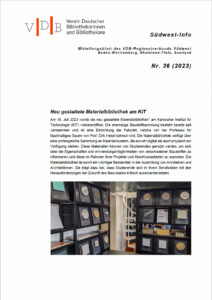
Mönnich, Michael, and Sandra Böhm. “Neu gestaltete Materialbibliothek am KIT.” Südwest-Info: Mitteilungsblatt des VDB-Regionalverbands Südwest Nr. 36 (2023), 2023.
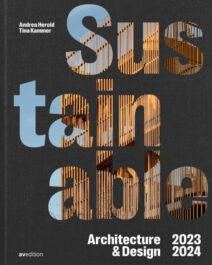
Hebel, Dirk E. “RoofKIT Wuppertal, Germany; Interview with Prof. Dirk Hebel: The aim is clear, we must forge the path ourselves.” In Sustainable Architecture & Design 2023/ 2024, edited by Andrea Herold, Tina Kammerer, and InteriorPark., 46–55. Stuttgart, Germany: av edition GmbH, 2023.
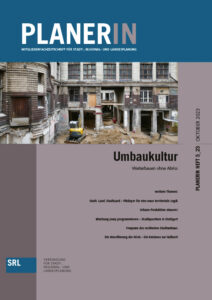
Hebel, Dirk E. “Der Bestand ist die künftige Ressource – Den linearen Umgang mit Baumaterialien schnellstmöglich stoppen.” Planerin – Mitgliederfachzeitschrift für Stadt-, Regional- und Landesplanung, Oktober 2023.
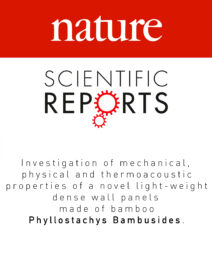
Gholizadeh, Parham, Hamid Zarea Hosseinabadi, Dirk E. Hebel, and Alireza Javadian. “Investigation of Mechanical, Physical and Thermoacoustic Properties of a Novel Light-Weight Dense Wall Panels Made of Bamboo Phyllostachys Bambusides.” Nature Sientific Reports 13 (October 26, 2023). https://doi.org/https://doi.org/10.1038/s41598-023-45515-3
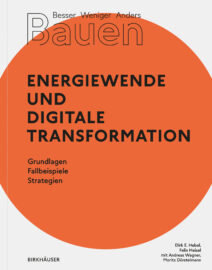
Hebel, Dirk E., Felix Heisel, Andreas Wagner, und Moritz Dörstelmann, Hrsg. Besser Weniger Anders Bauen – Energiewende und digitale Transformation. Besser Weniger Anders Bauen 2. Basel: Birkhäuser Verlag GmbH, 2023.
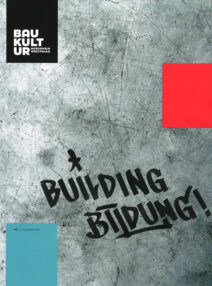
Hebel, Dirk E. “Vom Jagen, Züchten Und Ernten Zukünftiger Baumaterialien.” Baukultur Nordrhein Westfalen, September 2023.
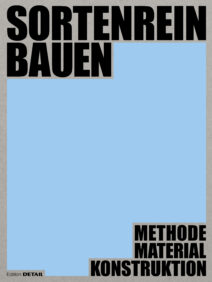
Hebel, Dirk E., Ludwig Wappner, Katharina Blümke, Valerio Calavetta, Steffen Bytomski, Lisa Häberle, Peter Hoffmann, Paula Holtmann, Hanna Hoss, Daniel Lenz and Falk Schneemann, eds. Sortenrein Bauen – Methode Material Konstruktion. Edition DETAIL. München: DETAIL Business Information GmbH, 2023.
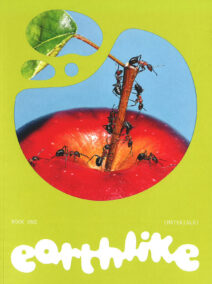
Schweikle, Johannes. “Fungi.” In Earthlike, 1:70–75, 2023.
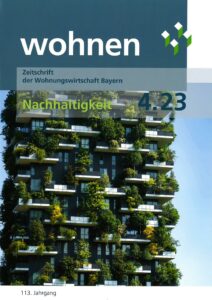
Hebel, Dirk E. “Die Stadt als Rohstofflager.” wohnen – Zeitschrift der Wohnungswirtschaft Bayern, August 2023.
Hebel, Dirk E. “Das RoofKIT-Gebäude der KIT Fakultät für Architektur – Gewinner des Solar Decathlon 2021/22 in Wuppertal.” wohnen – Zeitschrift der Wohnungswirtschaft Bayern, August 2023.
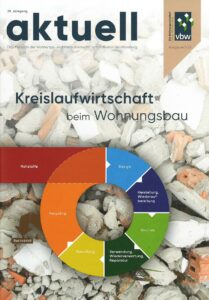
Hebel, Dirk E. “Die Stadt Als Rohstofflager.” Aktuell – Das Magazin Der Wohnung- Und Immobilienwirtschaft in Baden-Württemberg, 2023.
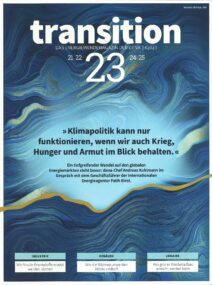
Ellinghaus, Tanja. “Bau-Kreislauf Statt Einweg-Wirtschaft.” Transition – Das Energiewendemagazin Der Dena, 2023.
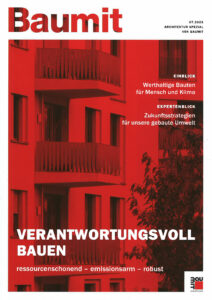
Hebel, Dirk E. “Sortenreines Konstruieren – Kreislaufbasiertes Selbstverständnis in der Architektur.” Baumit, 2023. https://www.calameo.com/read/0011023184a57c4715124.
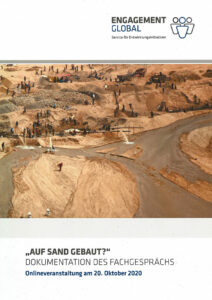
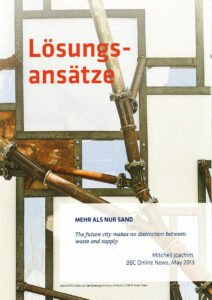
Reddy, Anita. “Bauen Als Kreislaufprojekt.” Engagement Global GGmbH, October 20, 2020. https://www.faz.net/aktuell/rhein-main/frankfurt/frankfurt-setzt-auf-recycling-nach-abriss-stadt-wird-baustofflager-18707619.html.
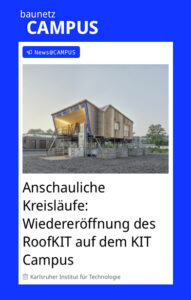
Lux, Katharina. “Anschauliche Kreisläufe: Wiedereröffnung Des RoofKIT Auf Dem KIT Campus.” Baunetz CAMPUS(blog), May 16, 2023. https://www.baunetz-campus.de/news/anschauliche-kreislaeufe-wiedereroeffnung-des-roofkit-auf-dem-campus-8235818.
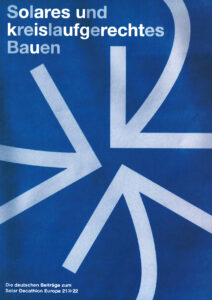
Wagner, Prof. Andreas, Nicolás Carbonare, Regina Gebauer, Prof. Dirk E. Hebel, Katharina Knoop, and Michelle Montnacher, eds. “RoofKIT.” In Solares und kreislaufgerechtes Bauen, 186–213. Wuppertal: PinguinDruck, 2023.
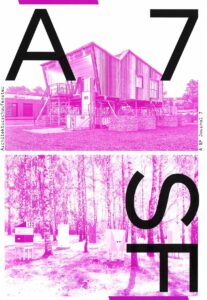
Blümke, Katharina, Elena Boerman, Daniel Lenz, and Riklef Rambow. “Die gebaute Umwelt als Ressource – Mit RoofKIT vom linearen zum zirkulären Verständnis des Bauens.” ASF Journal, March 28, 2023.
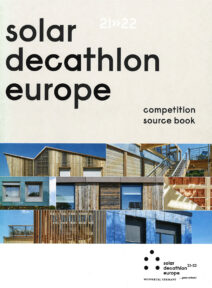
Voss, Karsten, and Katharina Simon, editors. Solar Decathlon Europe 21/22: Competition Source Book. 2023.
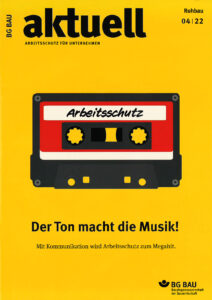
Wenk, Holger. “Pilze Als Vielversprechender Baustoff Der Zukunft.” BG Bau Aktuell – Arbeitsschutz Für Unternehmen, vol. 04/22, no. Rohbau, Sept. 2022, pp. 12–13.
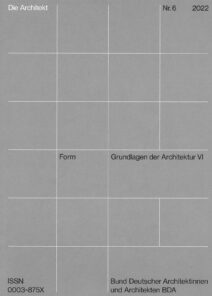
Jeroch, Theresa. “In Die Pilze Gehen.” Die Architekt, November 2022.
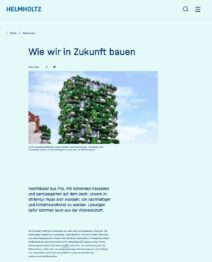
Niederstadt, Jenny. “Wie Wir in Zukunft Bauen.” Helmholtz-Gemeinschaft, December 12, 2022. https://www.helmholtz.de/newsroom/artikel/wie-wir-in-zukunft-bauen/.
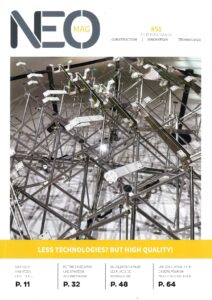
RoofKIT, Karlsruhe. “Le Projet RoofKIT Comme Démonstrateur de Solutions Pour Aujourd’hui et Demain.” Translated by Régis Bigot. NEOMAG, December 2022.
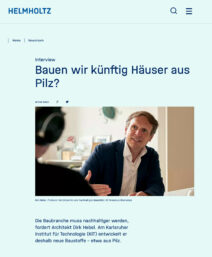
Niederstadt, Jenny, and Dirk E. Hebel. Bauen wir künftig Häuser aus Pilz? Helmholtz-Gemeinschaft, December 12, 2022. https://www.helmholtz.de/newsroom/artikel/bauen-wir-kuenftig-haeuser-aus-pilz/.
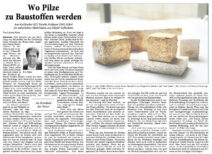
Blaue, Carsten. “Wo Pilze Zu Baustoffen Werden.” Rhein-Neckar-Zeitung, December 6, 2022, Nr. 282 edition. https://www.rnz.de/region/metropolregion-mannheim_artikel,-karlsruher-kit-wo-pilze-zu-baustoffen-werden-_arid,1015503.html.
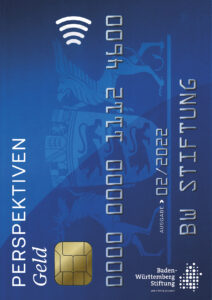
Baden-Württemberg Stiftung GmbH. “RoofKIT: Preisgekrönte Vision aus Karlsruhe.” PERSPEKTIVEN, October 2022.
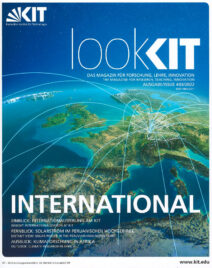
Justus Hartlieb, “Bauen Verbindet: Internationale Zusammenarbeit an der KIT-Fakultät für Architektur”, LookKITINTERNATIONAL, no. 03/2022 (November 2022).
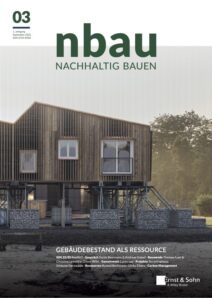
Lenz, Daniel, Elena Boerman, and Dirk E. Hebel. 2022. “Gebäudebestand als Ressource.” nbau, no. 03/2022 (Oktober). https://www.nbau.org/2022/10/12/gebaeudebestand-als-ressource/.
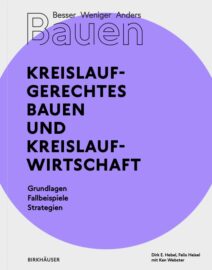
Hebel, Dirk E., Felix Heisel and Ken Webster, eds. Building Better – Less – Different: Circular Construction and Circular Economy. Building Better Less Different 1. Basel: Birkhäuser Verlag GmbH, 2022.
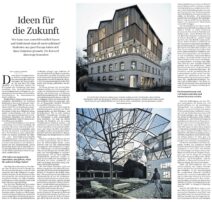
Klaaßen, Lars. 2022. “Ideen Für Die Zukunft.” Süddeutsche Zeitung, September 17, 2022.